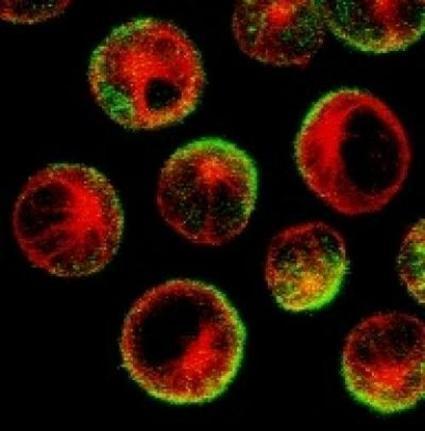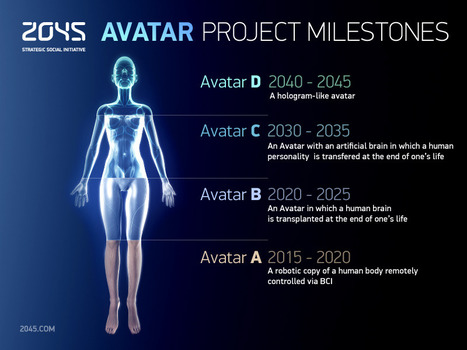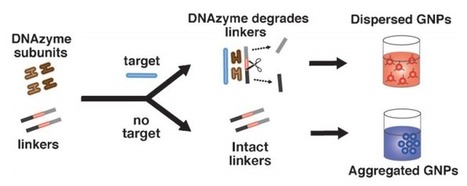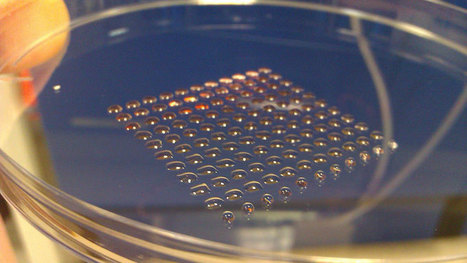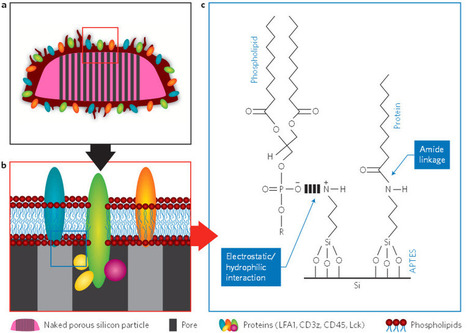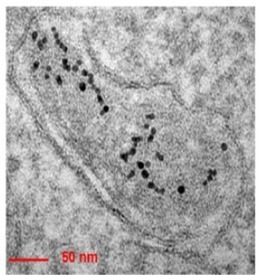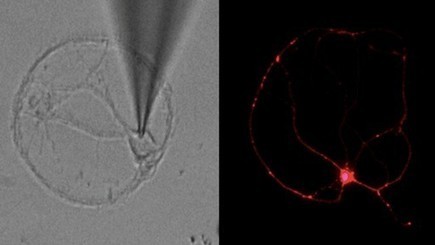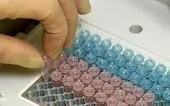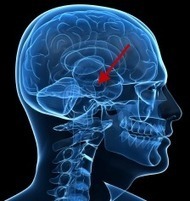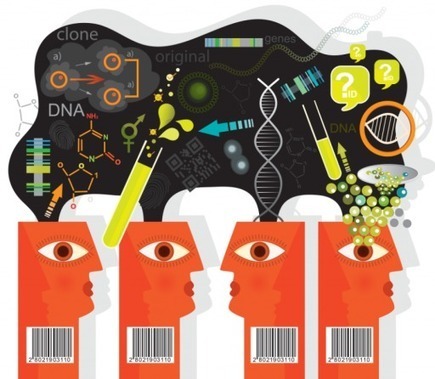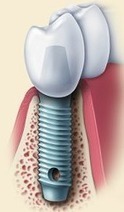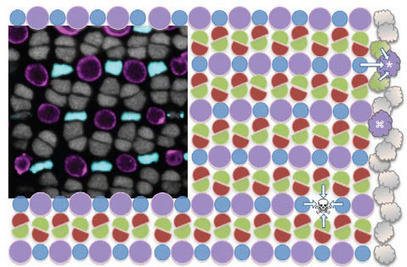Researchers at MIT’s Computer Science and Artificial Intelligence Laboratory have developed a new algorithm that can accurately measure the heart rates of people depicted in ordinary digital video by analyzing imperceptibly small head movements that accompany the rush of blood caused by the heart’s contractions.
In tests, the algorithm gave pulse measurements that were consistently within a few beats per minute of those produced by electrocardiograms (EKGs). It was also able to provide useful estimates of the time intervals between beats, a measurement that can be used to identify patients at risk for cardiac events.
A video-based pulse-measurement system could be useful for monitoring newborns or the elderly, whose sensitive skin could be damaged by frequent attachment and removal of EKG leads.



 Your new post is loading...
Your new post is loading...







